As the price of everything, including debt, continues to soar, life is getting harder and harder for the UK’s heavily indebted businesses.
Business insolvencies in the UK surged by 57% in 2022, to 22,109, according to the latest data from the Insolvency Service, a UK government agency that deals with bankruptcies and companies in liquidation. It is the highest number of insolvencies registered annually since 2009, at the height of the Global Financial Crisis.
Last year “was the year the insolvency dam burst,” said Christina Fitzgerald, the president of R3, the insolvency and restructuring trade body. Insolvencies peaked in the fourth quarter, underscoring the compounding pressures on companies grappling with surging costs and rapidly slowing economic activity.
“Supply-chain pressures, rising inflation and high energy prices have created a ‘trilemma’ of headwinds which many management teams will be experiencing simultaneously for the first time,” Samantha Keen, UK turnround and restructuring strategy partner at EY-Parthenon and president of the Insolvency Practitioners Association (IPA), told the Financial Times. “This stress is now deepening and spreading to all sectors of the economy as falling confidence affects investment decisions, contract renewals and access to credit.”
Other headwinds include soaring interest rates, falling consumer demand, nationwide strikes, lingering Brexit-induced supply chain issues, an epidemic of quiet quitting and both chronic and acutely bad government.
Closest to the Edge
None of this, of course, should come as a surprise. Of all the large economies in Europe, the UK’s is arguably closest to the cliff edge. As newspaper headlines trumpeted this week, the UK economy this year will probably fare worse than Russia’s sanction-hit economy, according to the IMF’s latest forecasts. But then the same could be said of many other European economies, including Germany and Italy.
…click on the above link to read the rest…




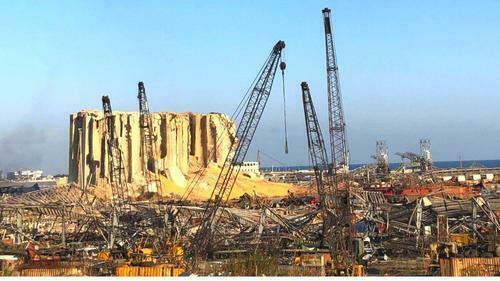


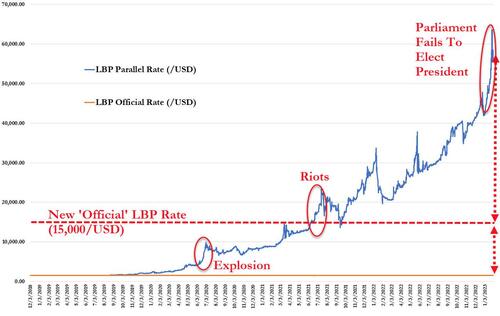
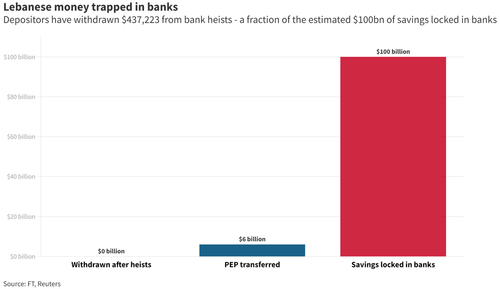



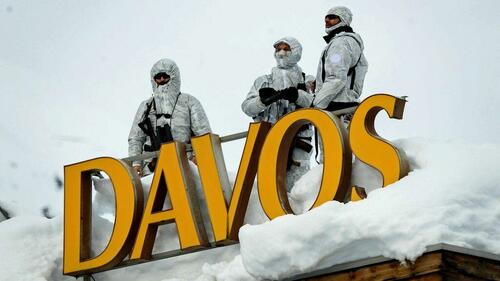


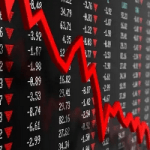




NEW YORK – Inflation rose sharply throughout 2022 across both advanced economies and emerging markets. Structural trends suggest that the problem will be secular, rather than transitory. Specifically, many countries are now engaged in various “wars” – some real, some metaphorical – that will lead to even larger fiscal deficits, more debt monetization, and higher inflation in the future.
The world is going through a form of “geopolitical depression” topped by the escalating rivalry between the West and aligned (if not allied) revisionist powers such as China, Russia, Iran, North Korea, and Pakistan. Cold and hot wars are on the rise. Russia’s brutal invasion of Ukraine could still expand and involve NATO. Israel – and thus the United States – is on a collision course with Iran, which is on the threshold of becoming a nuclear-armed state. The broader Middle East is a powder keg. And the US and China are facing off over the questions of who will dominate Asia and whether Taiwan will be forcibly reunited with the mainland.
Accordingly, the US, Europe, and NATO are re-arming, as is pretty much everyone in the Middle East and Asia, including Japan, which has embarked on its biggest military build-up in many decades. Higher levels of spending on conventional and unconventional weapons (including nuclear, cyber, bio, and chemical) are all but assured, and these expenditures will weigh on the public purse.
…click on the above link to read the rest…